-

Insights from a mould inspector
Ecolibrium speaks with Jess Ward, whose experience with mould-related illness led to an extraordinary career change.
-
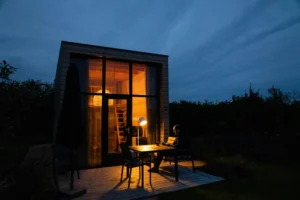
The big impact of tiny living
Australians own and use an excessive amount of floor space compared to other countries. Laura Timberlake explores how going small can have big benefits for thermal performance, heating and cooling costs, and the embodied carbon of residential buildings.
-
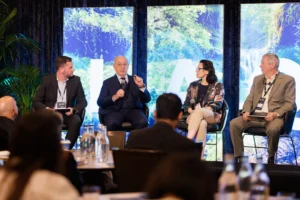
Key takeaways from IAQ25
We look back at the major discussions from AIRAH’s 2025 Indoor Air Quality Conference (IAQ25), which was held in Melbourne from May 26–27.
-

Celebrating AS 1668.2, Australia’s misunderstood ventilation hero
Sonia Holzheimer, M.AIRAH, reflects on the good, the bad, and the ugly misunderstood aspects of AS 1668.2.
-

Breaking the mould
When Dr Mali Rezaei moved into a one-bedroom rental in Melbourne’s southeast in 2021, she had no idea how severely her life would be affected by mould.
-
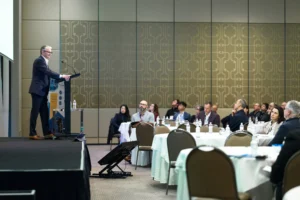
The importance of safe air at events
Amy Lewis from the Safer Air Project introduces a toolkit for making events safe, accessible, and inclusive for those at risk from poor IAQ.
-
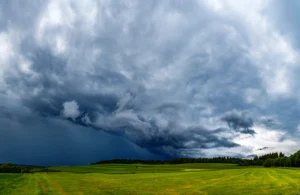
Why does hot air rise?
We’ve all heard the saying “hot air rises”. Daniel Bonatti, M.AIRAH, explains why this phenomenon occurs, how our understanding has evolved over time, and what it means for practical applications in building design.
-
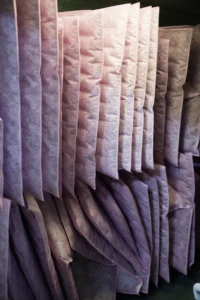
Slow response to new filter standards
An important changeover of filter standards is underway in Australia, but industry has so far been slow to move.
-

How’s your air? Q&A with Brandon Chappo
After mould-related illness turned Brandon Chappo’s life upside down, he co-founded Change the Air Foundation to do provide a voice for the millions of others affected.
-

Mitigating airborne pathogens indoors: A systematic review of existing and next-generation air cleaning technologies
This technical paper provides a systematic review and comparison of existing and next-generation air cleaning technologies.
-
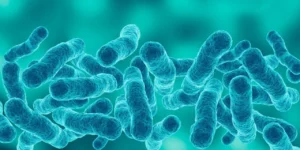
Legionella in a warming world
Clive Broadbent, L.AIRAH, discusses how climate change and increases in surface water temperatures could potentially encourage the growth of bacteria that prefer warm water (mesophiles), including Legionella.
-

Making air safe
A report launched at Parliament House in November has highlighted the human impact of poor indoor air quality, framing it as an access and inclusion issue.
-
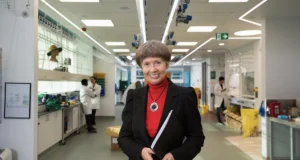
Learning to thrive
A research centre at Queensland University of Technology has set out an ambitious range of projects to build our knowledge of indoor air quality
-
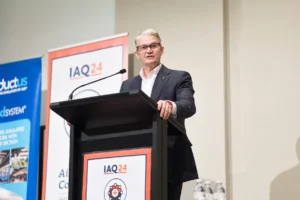
The time is now
AIRAH’s IAQ 2024 conference underscored the once-in-a-century opportunity to improve indoor air quality – and what we need to do to seize it.
-

A change in the air
The adoption of ISO 16890 in Australia will support better filter selection and specification, according to Daniel McCaffrey, M.AIRAH, and Peter Mathieson, F.AIRAH, from AIRAH’s IAQ Special Technical Group.
-
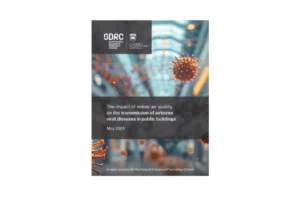
IAQ on the radar
Since the beginning of the COVID-19 pandemic, national leaders from a wide range of disciplines have sought to engage government on the need for improving indoor air quality.
-
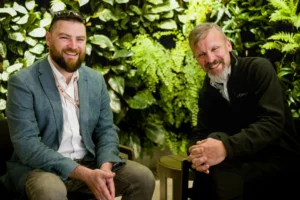
Plant room
Living green walls can improve aesthetics, add a soothing touch of greenery to a space and lift our moods. But can they have a material impact on indoor air quality? Nick Johns-Wickberg investigates.
-
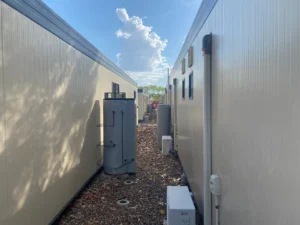
Donga danger
Much has been made of the poor ventilation in Australian classrooms, but the situation is even more dire for thousands of mining, construction and agriculture workers. Mark Vender investigates.
-
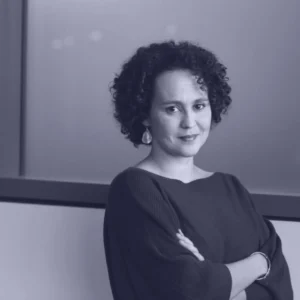
Esteemed air
AIRAH’s Indoor Air Quality Conference 2024 will take place on July 15–16 in the River Room at Crown Melbourne.
-
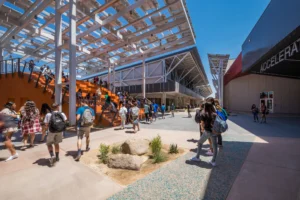
Cool for school
Effective learning spaces that maintain optimum indoor environmental quality and inspire students to learn form a critical component of educating our youth. As part of the i-Hub initiative, a collective of designers, engineers and architects explored how integrated design might benefit ACT schools.